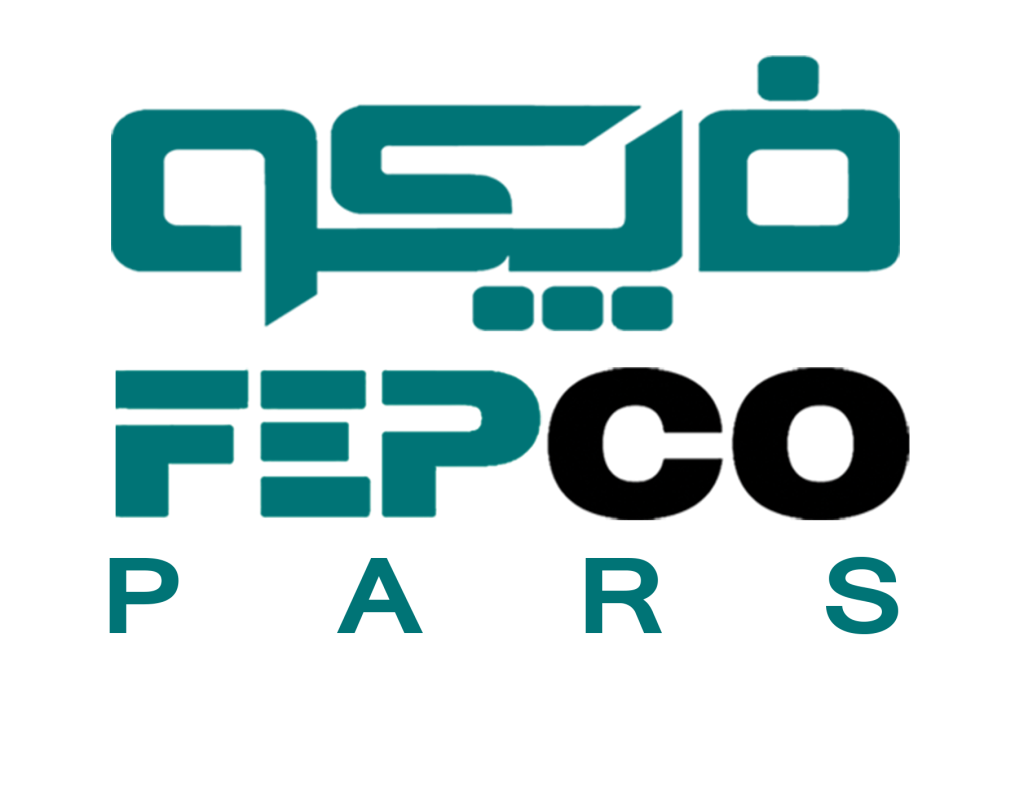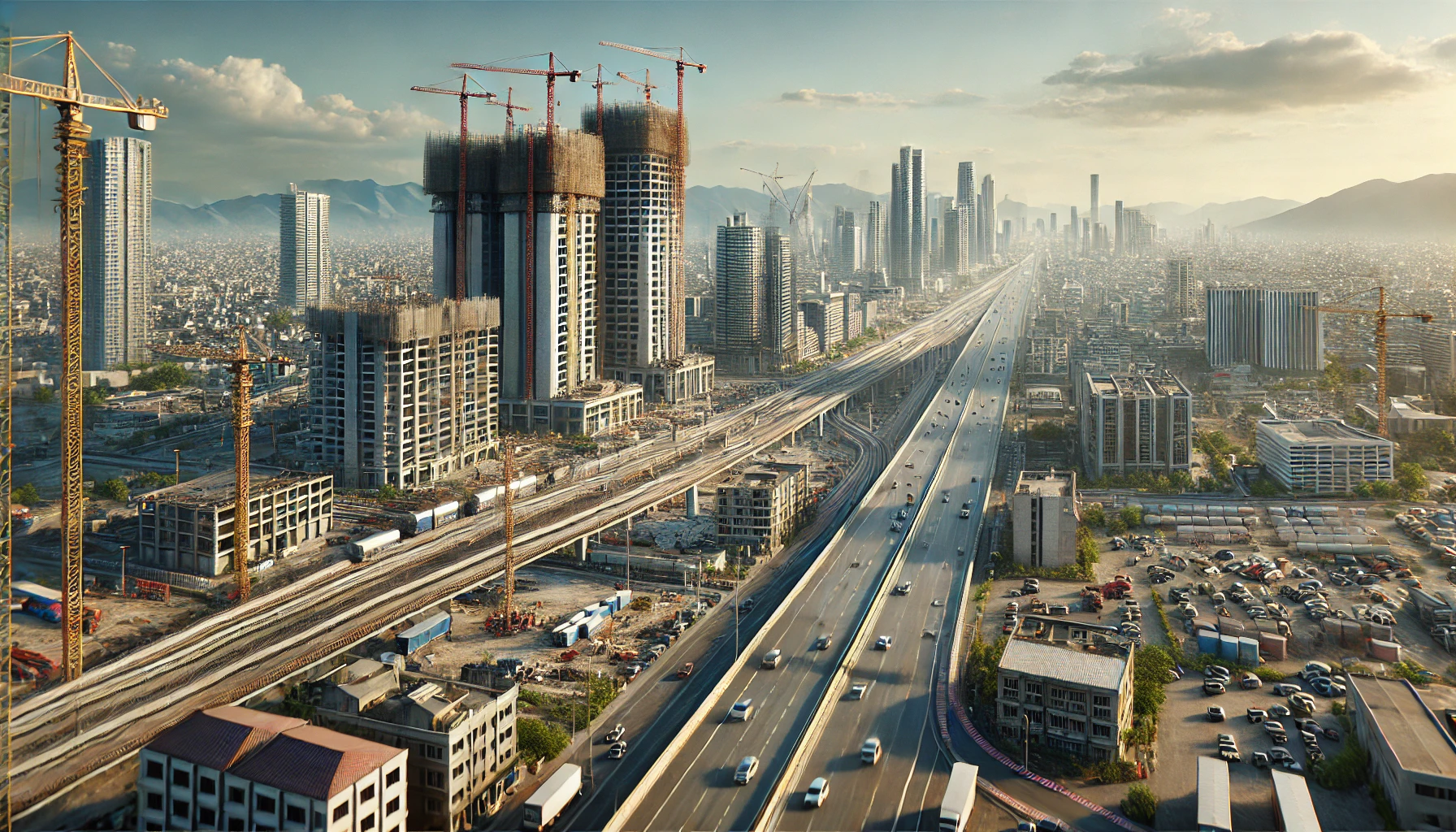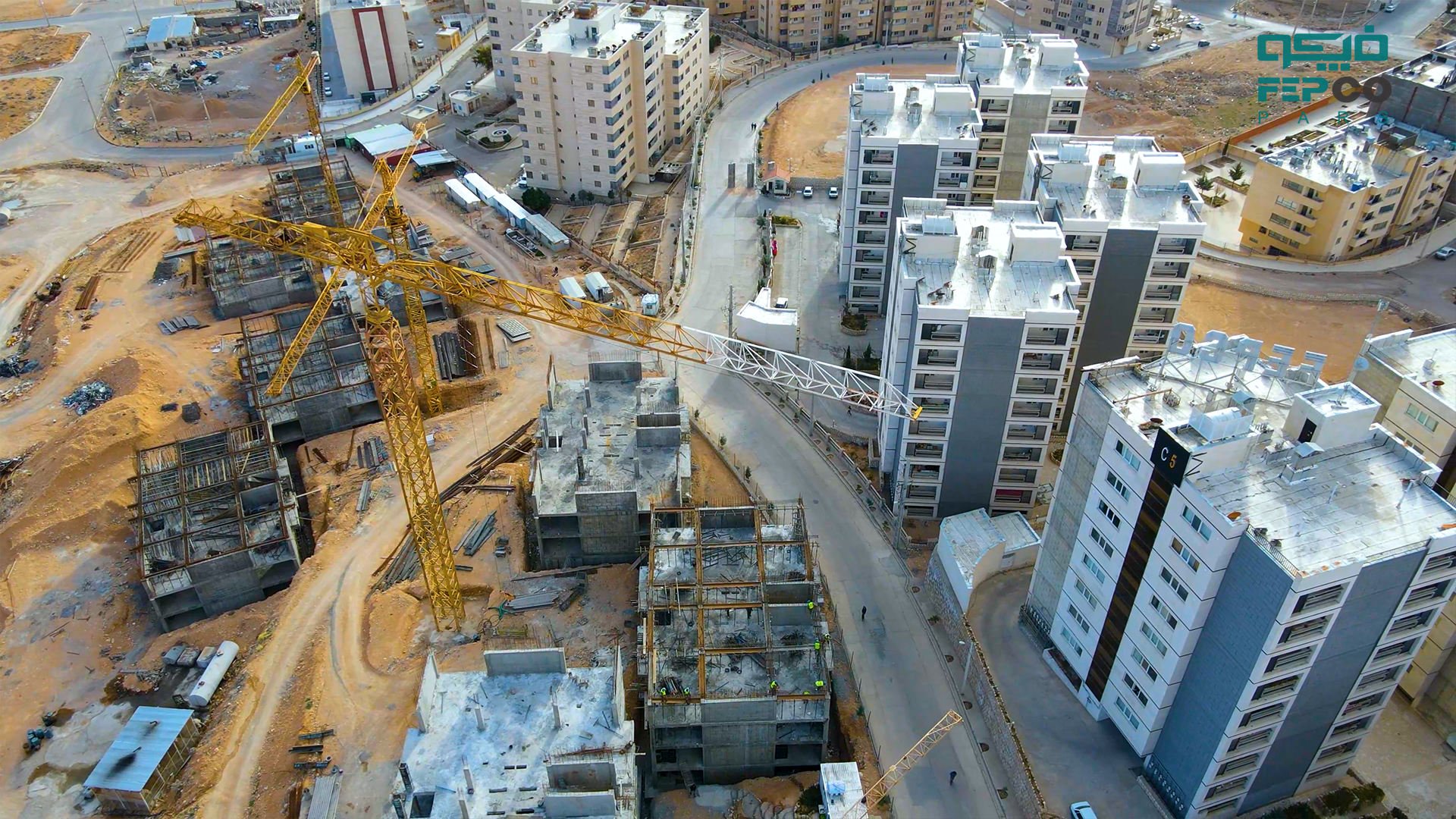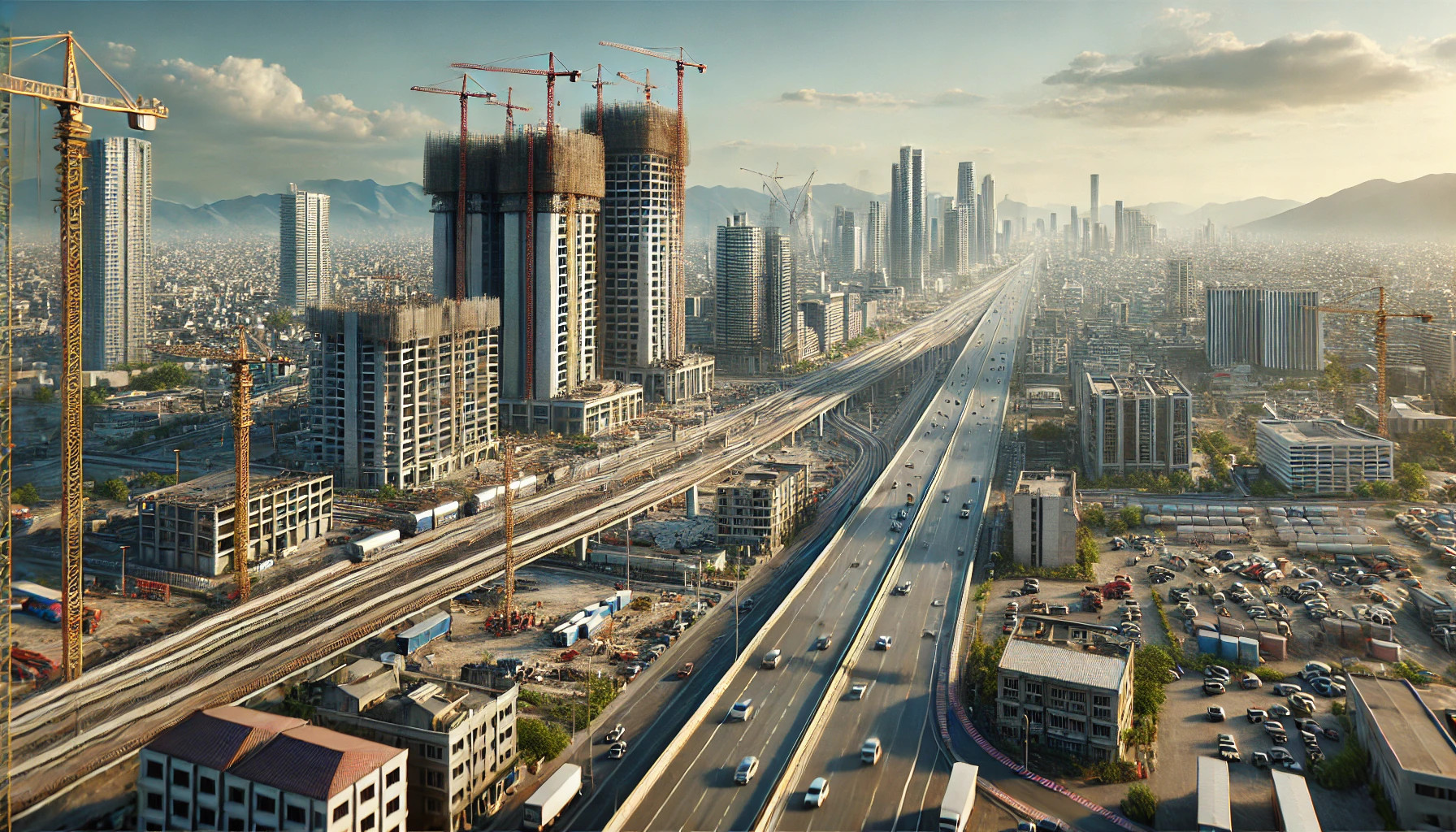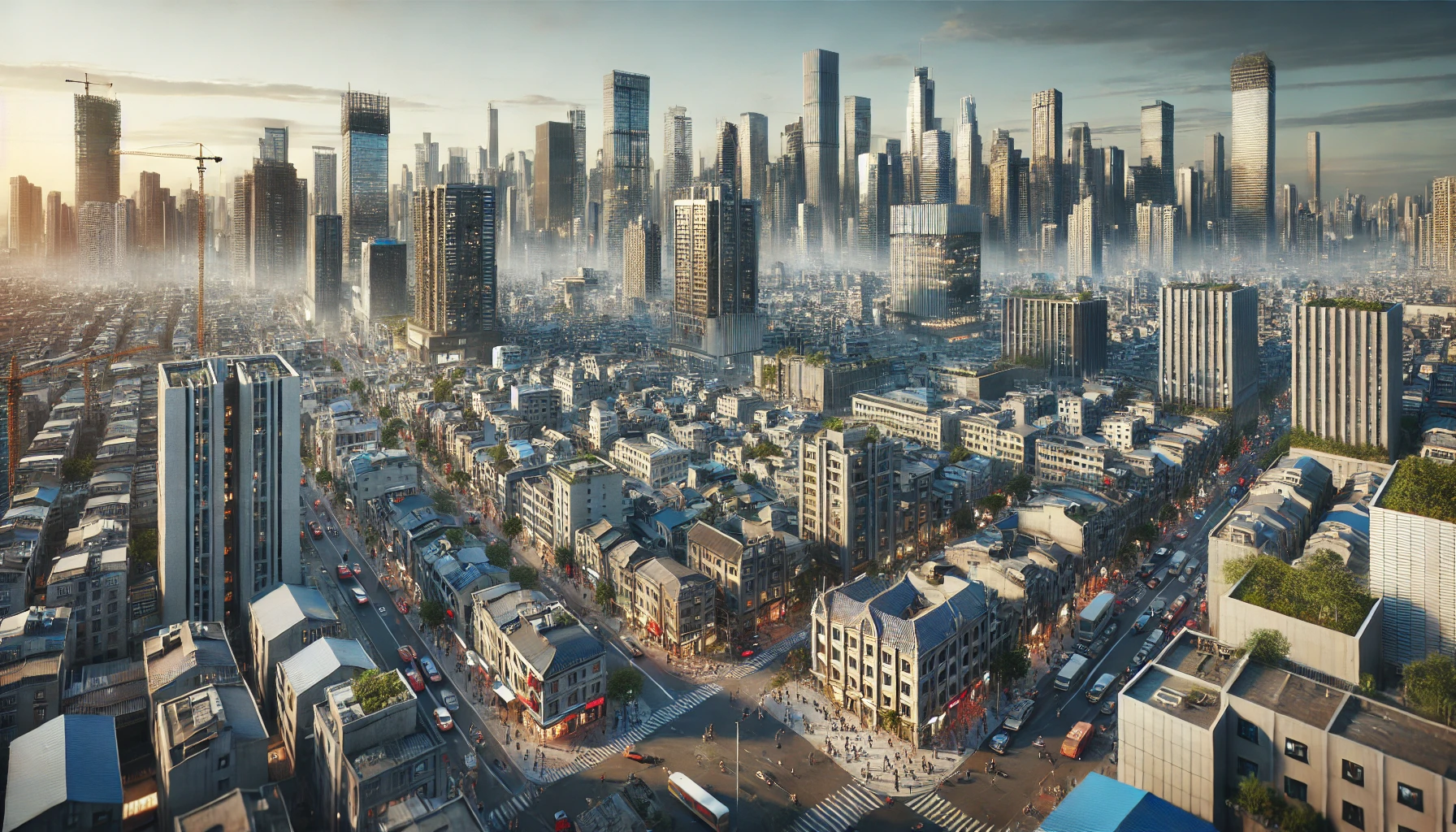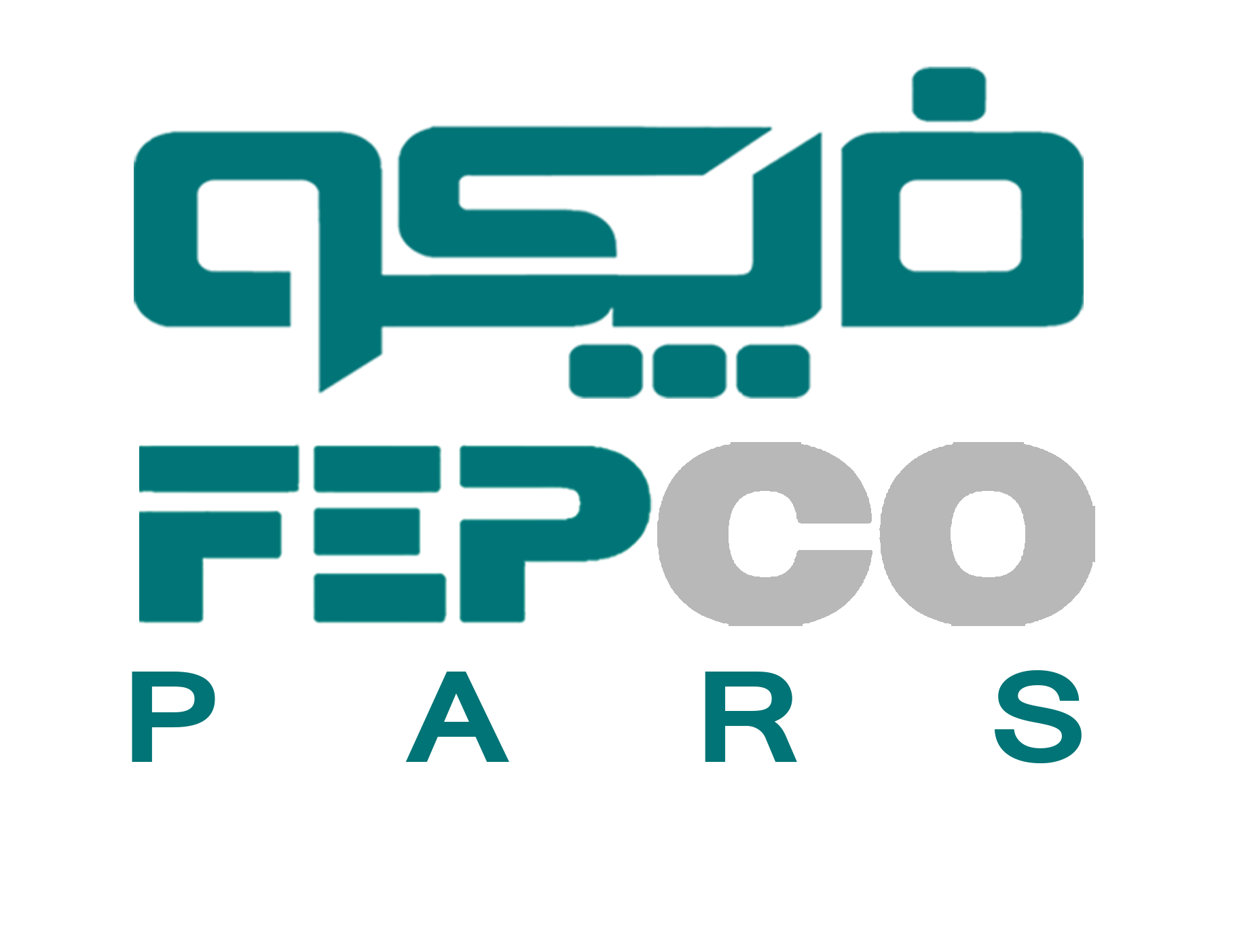Today, the urban fabric has become one of the most important topics for researchers and engineers due to the rapid population growth, architectural changes, and urban density. These changes not only impact urban infrastructure and transportation but also pose numerous challenges in the field of urban planning and the urban environment. This article examines strategies for improving old urban fabrics as well as the role of technology in transforming the urban landscape.
Fepco ( Saman Mechanic Farayand Energy Pars ) Company, focusing on sustainable development and the use of modern technologies in urban design and reconstruction, seeks to address the challenges of modern urbanization. This article also explores new opportunities in urban redevelopment and the role of architecture in altering the urban fabric. Additionally, it addresses the transportation challenges in densely populated cities and the connection between urban development and the environment.
This article aims to provide practical solutions for managing and improving the urban fabric and to explore the challenges associated with changes in today’s cities. It can assist engineers, architects, and urban managers in making optimal decisions.
The Impact of Urban Fabric Changes on Citizens’ Quality of Life
Urban fabric changes have wide-ranging effects on the quality of life of citizens, which can be either positive or negative. These changes affect various aspects of daily life, including access to services, amenities, the environment, transportation, and social interactions.
The Effects of Urban Fabric Changes on Citizens’ Quality of Life:
1. Improved or Reduced Access to Amenities and Services
Changes in urban fabric can enhance or limit individuals’ access to public services such as hospitals, schools, shopping centers, and green spaces. Proper development and the creation of new infrastructure can increase citizens’ well-being, whereas uncoordinated changes might disrupt access to these services.
2. Impact on Population Density and Living Space Quality
Increased population density in urban areas may lead to overcrowding in residential spaces, a reduction in green areas, and higher noise and air pollution. These factors directly affect the physical and mental health of citizens. In contrast, the development of open spaces and parks can improve the quality of life and promote better health outcomes.
3. Improved or Disrupted Urban Transportation
Urban fabric changes and the development of transportation infrastructure may provide citizens with faster and more efficient public transport options. However, if these changes are not well-managed, heavy traffic and transportation problems can arise, leading to stress and dissatisfaction.
4. Social and Cultural Impacts
Changes in urban fabric can influence local communities. For example, land use changes and the expansion of commercial areas may alter the local culture and identity. On the other hand, these changes can create new opportunities for social and cultural interactions, improving the social quality of life.
5. Impact on the Urban Environment
Urban fabric changes can have positive or negative effects on the urban environment. Sustainable development with modern approaches in architecture and urban design can reduce energy consumption, decrease air pollution, and increase the use of natural resources. Conversely, unregulated and unsustainable construction can lead to serious environmental issues.
6. Increased or Decreased Economic Opportunities
Changes in the urban fabric can create new job and economic opportunities for residents. The development of commercial areas and the establishment of industrial zones can boost economic growth, but they may also lead to higher living costs and economic pressure for existing residents.
In conclusion, the impact of urban fabric changes on quality of life depends on how these changes are planned and implemented. Smart and sustainable urban development can improve quality of life, while unplanned and unsustainable changes may lead to reduced well-being and increased dissatisfaction.
New Opportunities in Urban Fabric Redevelopment Due to Technological Advances, Social Changes, and Increased Environmental Awareness
These opportunities help cities move toward sustainable development while preserving their cultural and historical identity.
New Opportunities and Strategies for Urban Fabric Redevelopment:
1. Smart Technologies in Urban Planning
Opportunity: The use of smart technologies such as the Internet of Things IoT, Artificial Intelligence AI, and Big Data can enhance the management of urban resources and infrastructure.
Strategy: Implementing smart systems for managing energy, water, transportation, and waste can improve citizens’ quality of life while reducing resource consumption. For example, installing smart sensors in streets and buildings to monitor and optimize energy use and reduce operational costs is an effective solution.
2. Sustainable and Green Architecture
Opportunity: Urban fabric redevelopment using sustainable architecture reduces environmental impacts and improves air quality and green spaces.
Strategy: Using green buildings and recycled materials in urban redevelopment helps reduce energy consumption and waste production. Creating green roofs and green walls contributes to the city’s aesthetics and reduces urban air pollution.
3. Utilization of Renewable Energy
Opportunity: Changes in the urban fabric provide opportunities to utilize renewable energy sources like solar, wind, and geothermal energy.
Strategy: Installing solar panels on buildings, using small wind turbines in urban areas, and designing heating infrastructures with geothermal energy can reduce dependency on non-renewable energy sources.
4. Preserving Local and Cultural Identity
Opportunity: Redeveloping urban fabric can help preserve and strengthen the cultural and historical identity of cities.
Strategy: Renovating and modernizing historic buildings and neighborhoods while aligning them with modern standards helps preserve local identity and increases urban tourism appeal. This approach can showcase the interaction between past and future in urban design.
5. Innovative Public Space Design
Opportunity: Designing and redeveloping public spaces like parks, squares, and sidewalks to create attractive and functional environments for citizens.
Strategy: Utilizing multifunctional spaces that serve as recreational areas and venues for social events can foster greater social interactions and enhance a sense of belonging to the city. These spaces can be designed based on local needs to create a more sustainable and efficient environment.
6. Redeveloping Residential Areas with Smart Density Focus
Opportunity: Redeveloping old urban fabrics and converting them into modern residential areas with smart density, without overwhelming existing infrastructure.
Strategy: Constructing residential complexes with shared public spaces, energy-efficient systems, and better access to public transportation. Additionally, incorporating more green spaces and coworking areas can improve residents’ quality of life.
7. Public Engagement and Citizen Participation in Decision-Making
Opportunity: Increasing citizen participation in decision-making related to urban fabric redevelopment and development.
Strategy: Creating digital platforms and public meetings that allow citizens to voice their opinions and suggestions for neighborhood redevelopment fosters a greater sense of ownership and acceptance of changes.
8. Promoting Sustainable Transportation
Opportunity: Changes in transportation infrastructure encourage the use of sustainable transportation methods such as cycling, public transit, and electric vehicles.
Strategy: Establishing dedicated bike lanes, increasing access to electric vehicle charging stations, and improving public transportation systems can reduce traffic, lower air pollution, and enhance public health.
9. Developing the Local Economy and Business Innovation
Opportunity: Urban fabric redevelopment can create a favorable environment for the growth of small and innovative businesses.
Strategy: Establishing local markets, entrepreneurial spaces, and economic hubs, and supporting startups in redeveloped neighborhoods can boost employment and promote local economic growth.
10. Recycling and Reusing Urban Resources
Opportunity: Repurposing old buildings and infrastructure and converting them into new, functional spaces.
Strategy: Recycling and redeveloping old buildings into cultural, commercial, or residential centers using recycled materials and innovative construction methods help conserve natural resources and reduce costs.
By leveraging these new opportunities and implementing related strategies, the urban fabric redevelopment process can be driven in a sustainable and efficient manner. These changes not only improve citizens’ quality of life but also contribute to the sustainable development of cities, creating spaces that align with the needs of modern populations.
Urban Density: Key Challenges in Modern Urban Planning
Urban density is recognized as one of the most significant challenges in modern urban planning, with direct and indirect effects on infrastructure, the environment, and the quality of life for citizens. The main challenges that urban density has brought about in modern urban planning are:
1. Transportation Issues and Increased Traffic
Challenge: Increased population density in urban areas has led to a rise in the number of vehicles and congestion in both public and private transportation systems. Heavy traffic and the inability of transport infrastructure to cope with the high number of users are among the major issues in densely populated cities.
Impact: Heavy traffic not only increases travel times but also contributes to higher air pollution and stress among citizens.
2. Increased Air Pollution and Declining Environmental Quality
Challenge: High-density buildings, along with industrial and commercial activities in urban areas, lead to increased air and noise pollution and a decrease in environmental quality.
Impact: This has a direct negative effect on the physical and mental health of citizens, causing respiratory issues, reduced well-being, and a decline in the overall quality of urban life.
3. Lack of Green and Public Spaces
Challenge: The high density of buildings and limited availability of land for public and green spaces in urban areas result in a shortage of parks, squares, and sidewalks.
Impact: The reduction of public spaces leads to fewer opportunities for social, recreational, and physical activities for citizens, as well as a decline in urban air quality.
4. Urban Infrastructure Issues
Challenge: High population density puts immense pressure on urban infrastructure such as water, electricity, gas, sewage, and waste disposal systems. In many cities, the existing infrastructure is insufficient to meet the growing population’s needs.
Impact: Frequent disruptions in essential services, increased outages, and reduced quality of infrastructure services can lead to public dissatisfaction and a decline in the quality of life.
5. Rising Housing and Living Costs
Challenge: As population density increases, so does the demand for housing. This leads to a rise in housing prices and, consequently, higher living costs in densely populated cities.
Impact: The increase in housing and living costs drives many people to migrate from urban areas to the outskirts, leading to other issues such as urban sprawl and weakened social cohesion.
6. Decreased Quality of Life and Public Health
Challenge: High population density often results in a lack of personal space and reduced access to adequate healthcare services. In densely populated areas, especially those with limited infrastructure, diseases and health problems spread more rapidly.
Impact: This directly affects residents’ physical and mental health, leading to a lower quality of life and increased public health risks.
7. Pressure on the Natural Environment
Challenge: Urban development to meet the needs of large populations leads to the destruction of the natural environment and the depletion of natural resources such as forests, rivers, and open spaces.
Impact: This results in a loss of biodiversity, local climate changes, and a decline in urban air quality.
8. Mismatch Between Development and Urban Services
Challenge: Many cities face uncoordinated development, where the rapid growth of residential areas is not in line with the development of urban infrastructure. This lack of coordination can make urban services inefficient.
Impact: This issue leads to problems such as insufficient access to educational, healthcare, transportation, and green spaces, which directly affect residents’ well-being.
9. Social Issues and Inequalities
Challenge: Urban density often leads to economic and social disparities between different parts of the city. Inequality in access to public services, amenities, and green spaces exacerbates social gaps.
Impact: These inequalities lead to social tensions, reduced trust between people, and ultimately, a decline in social cohesion.
10. Cultural Challenges and Preservation of Urban Identity
Challenge: In the process of urban development and increasing density, many historical and cultural buildings are destroyed or repurposed. This results in the loss of cities’ cultural identity.
Impact: The loss of cultural and historical identity can reduce tourism appeal and diminish citizens’ sense of belonging to the city.
Urban density is one of the major challenges in modern urban planning, requiring precise and intelligent planning to manage and mitigate its negative impacts. Utilizing modern technologies, promoting sustainable development, and ensuring coordination between residential development and urban infrastructure can help improve conditions in densely populated cities and prevent social and environmental problems.
Conclusion
In this article, the Research and Development Unit of Fepco ( Saman Mechanic Process Energy Pars ) has conducted a comprehensive analysis of the challenges and opportunities associated with urban fabric changes, aiming to provide effective strategies for managing these transformations. The urban fabric, as a core element of modern urban planning, is influenced by the rapid pace of urban development, infrastructure, and population density. These changes deeply affect not only the quality of life for citizens but also the environment and social interactions.
Through this analysis, it became evident that the main challenges in modern urban planning are primarily caused by increased urban density and the lack of proper coordination between infrastructure development and the growing needs of citizens. Key challenges include the strain on transportation infrastructure, declining environmental quality, and rising housing and living costs. The impact of urban density on quality of life was assessed from various aspects such as access to services, green spaces, and transportation, demonstrating that without a comprehensive approach to sustainable development, these challenges can escalate into more serious social and environmental problems.
On the other hand, this article identifies new opportunities in urban redevelopment. These include using modern infrastructure and smart technologies to enhance urban efficiency, utilizing renewable energy, and creating multifunctional public spaces. The role of architecture in urban fabric changes is also crucial, as architects can strike a balance between tradition and modernity, fostering better connections between citizens and the urban environment.
In conclusion, urban fabric changes and sustainable development should be regarded as primary objectives in urban planning programs. Strategies for improving old urban fabrics include redevelopment using sustainable materials and technological innovations, which can simultaneously meet economic, social, and environmental needs.
Frequently Asked Questions
1. What are urban fabric changes?
Urban fabric changes refer to the process of transformation and renovation of urban areas, including changes in structure, infrastructure, land use, and the architecture of urban zones. These changes can result from population growth, new economic and social needs, and technological development.
2. Why are urban fabric changes important?
Urban fabric changes can improve the quality of life for citizens and contribute to sustainable development. By updating urban infrastructure, reducing density, improving transportation, and increasing green spaces, cities can become more efficient and livable.
3. What challenges are associated with urban fabric changes?
Some of the main challenges of urban fabric changes include high population density, a lack of public and green spaces, air pollution, transportation issues, rising housing costs, and pressure on urban infrastructure. Proper planning and precise management can help alleviate these challenges.
4. What is the role of architecture in urban fabric changes?
Architecture plays a key role in urban fabric changes. Innovative and sustainable designs can help preserve a city’s cultural identity while creating more efficient and aesthetically pleasing spaces. Architects can use new technologies and sustainable materials to enhance the quality of life in cities.
5. How do urban fabric changes impact the environment?
Urban fabric changes can have both positive and negative effects on the environment. Sustainable development and the use of green technologies can help reduce pollution, improve air quality, and conserve natural resources. However, uncoordinated changes may lead to urban environmental degradation.
6. How does urban density affect quality of life?
Urban density can lead to issues such as traffic congestion, air pollution, and a lack of public spaces. However, with proper management and efficient infrastructure, urban density can improve access to services and create new economic opportunities.
7. What are the new opportunities in urban fabric redevelopment?
New opportunities in urban fabric redevelopment include the use of smart technologies, renewable energy, and sustainable architecture. These approaches can enhance the efficiency of infrastructure, reduce energy consumption, and create livable public spaces.
8. How can transportation problems in densely populated cities be solved?
Implementing sustainable public transportation systems, developing bike and pedestrian paths, and encouraging the use of electric vehicles are effective solutions for reducing transportation problems in densely populated cities.
9. What is the relationship between urban development and the environment?
Urban development can have both positive and negative impacts on the environment. Sustainable development, focusing on efficient use of natural resources and pollution reduction, can help protect the environment. In contrast, unsustainable development may lead to the destruction of natural resources and increased pollution.
10. How can modern technologies improve old urban fabrics?
Using smart technologies like the Internet of Things IoT can optimize urban management. Additionally, renovating old buildings with recycled materials and modern designs can improve the quality of life while preserving the historical identity of cities.

